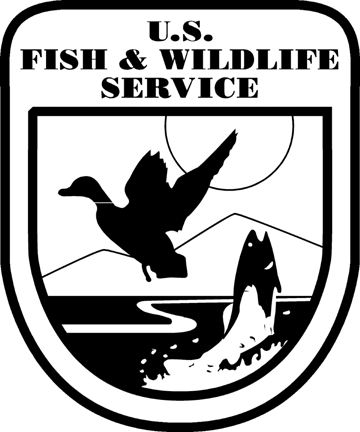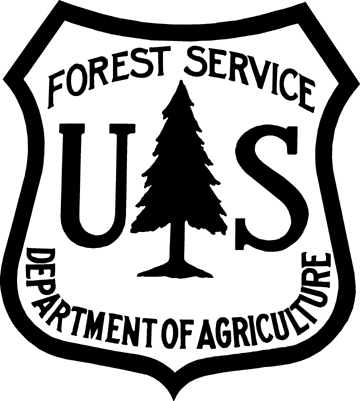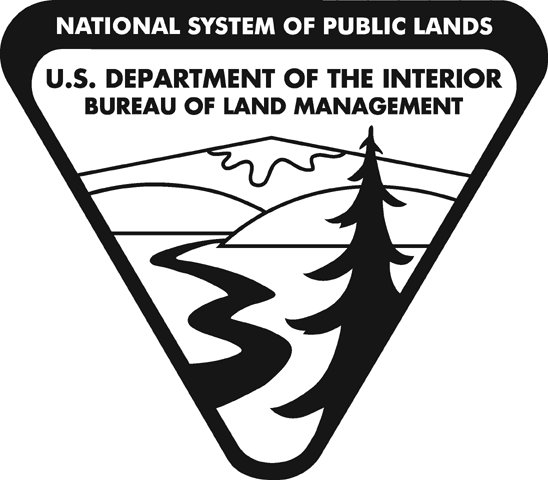Projects
At Lark Environmental, we prioritize our commitment to collaborating with clients in order to enhance communities for future generations. Discover more about our innovative approaches and successful outcomes by exploring some of our recent projects below.
Agricultural Resource Management Plan Programmatic Environmental Assessment, 2021
A sovereign tribal nation contracted Lark to develop a NEPA compliant Programmatic Environmental Assessment (PEA) for their community-developed Agricultural Resource Management Plan (ARMP).
Programmatic Biological Assessment, 2017 and Ongoing
Lark personnel's years of industry service collaboration with oil and gas companies includes the development of a Programmatic Biological Assessment Biological Evaluation (BABE) and an amendment to the BABE for oil and gas exploration and development across approximately 1 million acres.
Agricultural Resources Management Plan and Programmatic Environmental Assessment, 2018
Lark personnel, when previously employed by another company, worked with a sovereign tribal nation to assist with updating the vision statement for the Tribe’s Integrated Resource Management Plan (IRMP) and with the development of an Agricultural Resource Management Plan (ARMP).
Agricultural Leasing and Grazing PEAs
Lark personnel, in coordination with a partnering Native American-owned business, completed 23 Programmatic Environmental Assessments (PEAs) across the Rocky Mountains and Great Plains to facilitate ongoing and future agricultural leasing and permitting activities on American Indian reservations in Montana, Wyoming, North and South Dakota, and Nebraska.
Tribal Housing Environmental Assessment
Lark personnel, in coordination with a partnering Native American-owned business, worked for a sovereign tribal nation to complete an Environmental Assessment (EA) required by the U.S. Department of Housing and Urban Development (HUD) before releasing funding for the proposed project.







